
Movement of chemical waste
Transportation of hazardous materials carries multiple risk factors
The potential dangers posed by the movement of chemicals is well regulated when being moved between facilities whether that be internationally or domestically. Companies where chemicals are used and are being moved around the site, be that between storage, production and dispatch areas, or even between laboratory test areas need to provide adequate resources for workers to complete their task without loss of contamination; and provide solutions specific to the risks associated with the type of work to contain any spills and provide the correct remediation procedure.
Transportation Of Hazardous Materials Dangers
The potential dangers posed by the movement of chemicals is well regulated when being moved between facilities whether that be internationally or domestically
Chemicals can be transported in many different ways over very long and equally short distances. It is usual to think of the endless stream of lorries and heavy goods vehicles we see on the motorways and road networks however, one of the most common forms of chemical movement occurs when transferring chemicals from room to room or between buildings on the same site, such as a factory or an academic institution where accidental spillage can occur.
”“Hazardous material”, material including, but not limited to, material, in whatever form which, because of its quantity, concentration, chemical, corrosive, flammable, reactive, toxic, infectious or radioactive characteristics, either separately or in combination with a substance, constitutes a present or potential threat to human health, safety or welfare or to the environment when improperly stored, treated, transported.
Federal Register
Main Effects Of Chemical Spills
The main detrimental effect of a chemical spill can be broken down into three broad categories.
Human Effects
Different chemicals can pose different types of threats to people.
- Toxic or poisonous gases can cause severe illness and even fatalities in some cases. The greater the concentration of toxic chemicals spilled or leaked, the more potential for significant loss of life.
- Corrosive chemicals can cause severe burns when touched, damage eyesight, and cause harm to the respiratory tract.
- Some chemical spills have a delayed carcinogenic effect, such as asbestos inhalation causing lung cancer years after the initial exposure.
- Flammable chemicals can also cause obvious damage to humans through fires or explosions.
Structural Effects
Chemical spills can cause significant damage to buildings such as offices and laboratories.
- Fires can cause severe structural damage to buildings, and in particularly severe instances, the complete collapses of a structure due to degradation of its foundation from high temperatures.
- Certain toxic chemicals can leave buildings unusable for extended periods of time until the spilt chemical has been thoroughly removed.
Environmental Effects
Chemical spills can have major environmental impacts.
- Spilled oil and other chemicals can physically damage marine life with run-off contamination in the water. A large spill of caustic soda into the Cheakamus River in the U.S. killed half a million fish in 2005.
- Spilt chemicals can also run-off into soil, causing severe ecological damage and making such areas inhabitable for flora and fauna.
Download our FREE Guide
“Transportation Of Hazardous Materials Dangers”
The transportation of hazardous materials guide which can be downloaded below provides the reader with an in-depth balance of knowledge on how chemicals can be transported in many different ways over very long and equally short distances. It is usual to think of the endless stream of lorries and heavy goods vehicles we see on the motorways and road networks however, one of the most common forms of chemical movement occurs when transferring chemicals from room to room or between buildings on the same site, such as a factory or an academic institution where accidental spillage can occur.

Related Guides
Gas Detection Equipment For The Detection Of Gases During Hazmat Response Cleanup
Download your FREE Guide
Simply complete the form below to obtain your FREE Guide on ‘Transportation Of Hazardous Materials Dangers”.
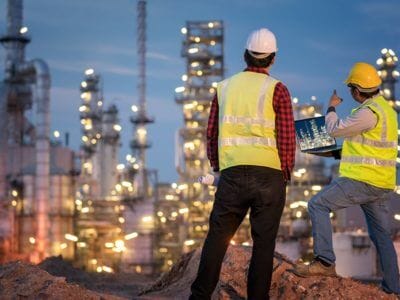

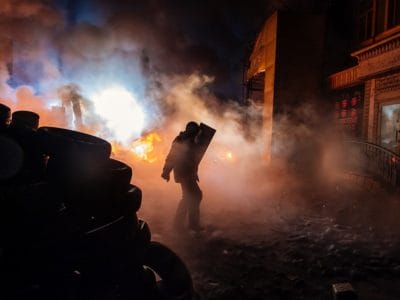
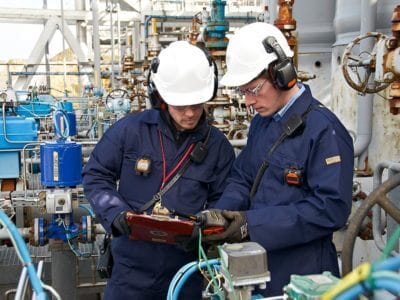
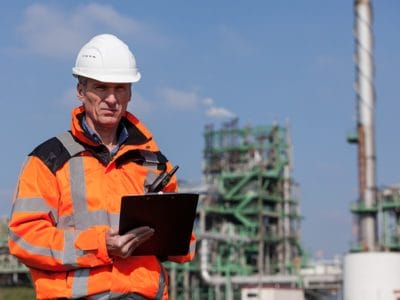


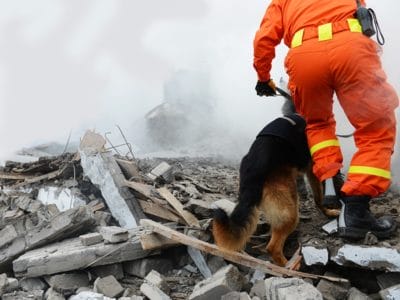





 United Kingdom
United Kingdom






